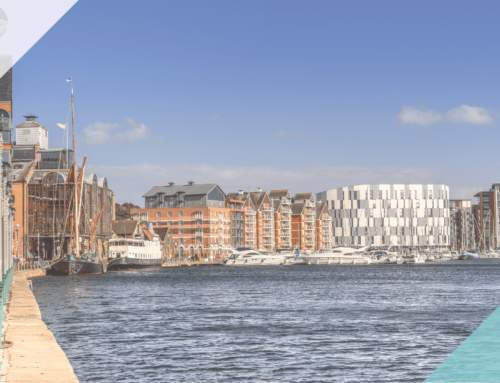A transfer of equity is needed to either add a new person to the title of the property or to remove someone from the title. Sometimes it is both.
This is often the case if you want to add a new partner to your property title or if there is a relationship breakdown and you are going your separate ways. There are of course other reasons why you might want to change the ownership of a property.
This process can be complicated, and it’s important to understand the steps involved in order to ensure there are no future issues and everyone understands the effect of the transfer taking place.
The first step in a transfer of equity will depend on whether there is a mortgage over the property or not. If there is a mortgage, you will need to understand if this is likely to be paid off as a result of the transfer or if you will need to keep the mortgage.
If you need to keep the mortgage, you will either need the consent of your existing lender to add or remove someone to the mortgage or you will need to arrange a new mortgage with that lender or a new lender in the names of the people who will be the new owners.
Once you know what you need to do with any mortgage you may have, you will need to determine the value of the property. This is important because it will determine how much the outgoing owner is entitled to receive in exchange for their share. Valuation can be done by a professional appraiser or through an agreement between the parties involved.
Once the value of the property has been determined, the parties must agree on the terms of the transfer. This will involve setting out the rights and obligations of each party, including any ongoing responsibilities such as maintenance or insurance payments. It is important to seek legal advice at this stage to ensure that the terms are fair and legally binding.
The next step is to transfer the legal ownership of the property from the outgoing owner to the incoming owner. This is usually done through s transfer deed, which is a legal document that sets out the details of the transfer. The transfer deed must be signed by all parties involved and must be registered with the Land Registry.
In addition to the transfer deed, there may be other legal documents that need to be prepared and signed, such as a mortgage deed if there is an existing mortgage on the property. It is important to ensure that all legal requirements are met in order to avoid any complications or disputes later on.
Finally, it may be necessary to inform other relevant parties of the transfer of equity, such as a landlord or management company (if any). This will ensure that all parties are aware of the change in ownership and that any ongoing payments or responsibilities are transferred to the correct parties.
You will need to pay legal fees for the transfer but you will also need to consider Land Registry Fees (a sliding scale based on property value), Stamp Duty Land Tax (this can apply even if no money is changing hands) and possibly other taxes such as Capital Gains Tax and Inheritance Tax although these are less likely and really do depend on your personal circumstances.
To find out more about transferring ownership of your property, please contact Nicola Cannell on 01206 766 333.





